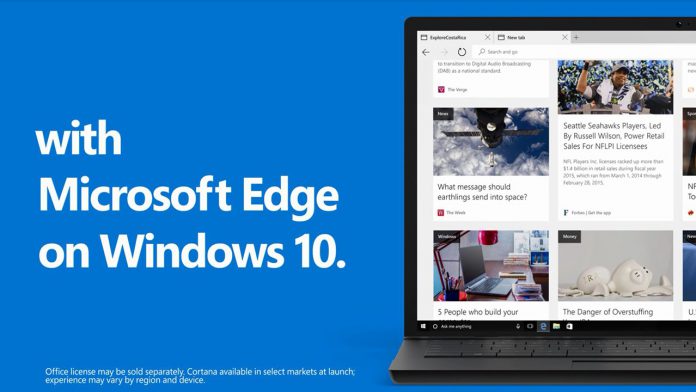As a report from Neowin points out, the company is planning to separate the fully OS-integrated browser to some extend by starting to manage its updates via the Windows Store. This would allow for more frequent feature upgrades as those could be pushed anytime and would not depend on larger Windows 10 Updates. (There are “just” three major Windows updates per year) While Edge is enjoying the benefit of being integrated in the OS, and promoted heavily by Microsoft, user adoption has been very slow. Microsoft Edge might be faster than Chrome, Firefox and other browsers, but it still lacks many features which are considered standard for modern web-browsers. The lack of extensions does not help either, as those would allow users to upgrade the browsers capabilities based on their needs. Currently there are just 32 Microsoft Edge extensions available.
Microsoft Edge Market Share
According to latest data from Netmarketshare, Microsoft Edge is currently used by just five percent of all internet users. Even Microsoft Internet Explorer is more popular with about 14%, although those are mostly users that still run Windows 7 or Windows 8. After some percentage gains during winter, the adoption rate for Microsoft Edge has slowed down again in the last three months. Putting a bigger emphasis on updates for the Windows 10 browser is definitely an important move. Microsoft should have taken this approach already in the beginning.




